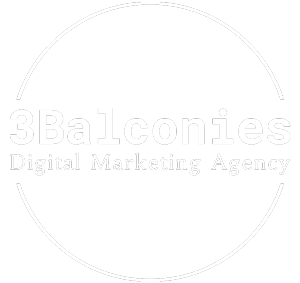As a small business owner, you know that reaching and engaging your target audience is key to success. One practical and cost-effective way to do this is through email marketing. But what is email marketing, and how can it benefit your business?
What is email marketing?
Email marketing is sending marketing messages or promotions to a group of people via email. You can use it to promote your products or services, share company news and updates, or build relationships with your customers.
Why is email marketing important for small businesses?
Email marketing is essential for small businesses because it can help you reach and engage a large audience at a relatively low cost. It’s also a highly targeted form of marketing, as you can segment your email list based on location, interests, and past purchases. This allows you to send personalized, relevant messages to your subscribers.
In addition to being cost-effective and targeted, email marketing can also be highly measurable. You can track key metrics like open rates, click-through rates, and conversions, which can help you determine the effectiveness of your campaigns.
How to get started with email marketing for your small business
How can you start email marketing for your small business? Here are a few steps to follow:
- Build an email list: The first step in any email marketing campaign is to build an email list. You can collect email addresses from your website, social media followers, or in-store customers. Make sure to get permission from people before adding them to your list, and consider offering an incentive, like a discount or free product, to encourage them to sign up.
- Choose an email marketing provider: There are many email marketing providers, such as Mailchimp, Constant Contact, and AWeber. Each provider offers different features and pricing plans, so it’s essential to research and choose the one that best fits your needs.
- Create an email marketing plan: Next, it’s time to create a plan for your email marketing campaigns. This should include the types of emails you will send (e.g. newsletters, promotional offers, product announcements), how often you will send them, and the goals you want to achieve.
- Design and write your emails: Once you have a plan, it’s time to start designing and writing your emails. Make sure to use a clear and compelling subject line, and keep your email content concise and to the point. Use images and formatting to make your emails visually appealing. Include calls to action to encourage your subscribers to take a specific action, like making a purchase or visiting your website.
- Test and optimize your emails: Before sending your emails to your entire list, it’s a good idea to test them with a small group of people to see how they perform. This can help you identify any issues or areas for improvement before sending it to your entire list. Once you’ve sent your emails, be sure to track your key metrics and make any necessary adjustments to improve the performance of your campaigns.
Email marketing can be a powerful tool for small businesses, helping you reach and engage your target audience at a low cost. By following these steps and being consistent in your efforts, you can build relationships with your customers and drive more sales and revenue for your business.

